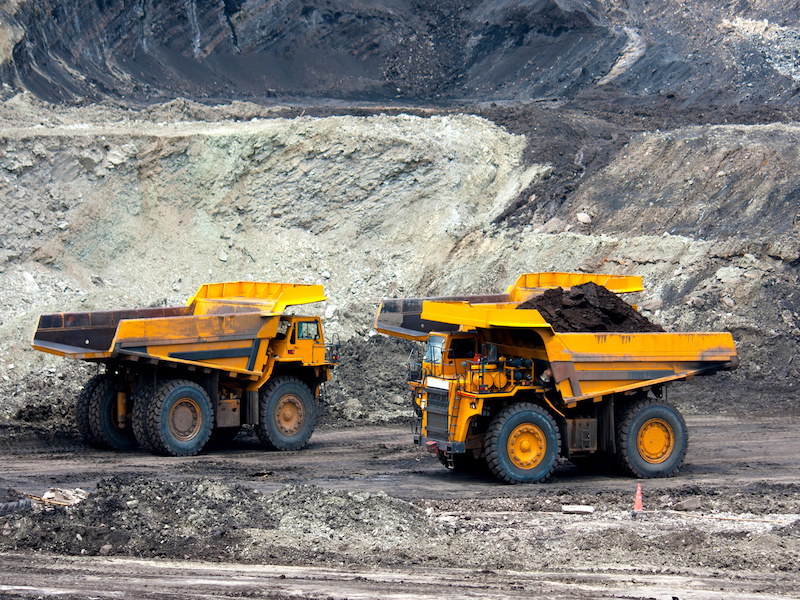
Globally, 10 per cent of mining companies’ tailings dams have experienced stability issues, according to an analysis by a group of global institutional investors representing US$13.5 trillion in assets.
The investor group, which includes pension funds and other institutional investors led by the Church of England Pensions Board and the Council of Ethics of the Swedish National Pension Funds, first called for an independent global tailings dam database in the wake of the devastating tailings dam failure at Brazilian miner Vale S.A.’s Brumhadino iron ore operation in January that killed 270 people.
The group requested that 726 mining companies answer a series of 20 questions on each individual tailings facility they operate. The information is expected to be entered into the new database by the first anniversary of the disaster. Of the 1,635 tailings dams, 166 reported stability issues in their history.
Read: Half of companies in carbon-intensive sectors aren’t considering climate risk: report
“Tailings dams are among some of the largest engineered structures in the world and we have seen the catastrophic consequences earlier this year in Brazil when they collapse,” said Adam Matthews, director of ethics for the Church of England Pensions Board, in a press release. “While assurances have been given that [stability] issues have been addressed, this underscores why investors, banks and insurers will be continuing to work together on this issue until such time that we have confidence in a new global standard being implemented and that the highest risk dams have been identified and operate to this standard or are removed.”
Tailings dams are facilities that store the by-products of mining operations after the valuable ore has been sorted out. Upstream tailings dams such as the one at Brumhadino, which incorporate tailings materials into the structure of the dam for support, are widely considered less stable than downstream, centreline, dry-stack and in-pit storage dam designs.
Elaine Baker, a professor at the University of Sydney specializing in marine science and the director of GRID-Arendal, a Norwegian foundation that works with the United Nations Environment Program, conducted the disclosure analysis. She reported the findings at a summit in London, U.K. on Oct. 31 with senior mining executives and representatives of major insurers and banks.
Read: When companies push back on pension engagement, proxy voting
According to Baker’s analysis, 179 of the 310 companies that responded don’t have tailings facilities. Forty per cent (667) of dams were reported to be active. Companies reported 635 upstream constructions, 523 downstream, 121 centreline, 66 dry-stack and 53 in-pit. North America had the largest amount of dams, at 498, followed by 279 in South America, 272 in Australia and Oceana, 266 in Africa and 226 in Asia. Just 91 dams were in transcontinental Europe.
“This is the first time that those outside of the mining industry have had access to a range of information on many of the world’s largest tailings dams,” said Baker in the release. “It is essential that investors and wider society understand the risks associated with these structures and where there have been issues related to their stability.”
Read: NZ pension funds pushing for change at Facebook, Google and Twitter
